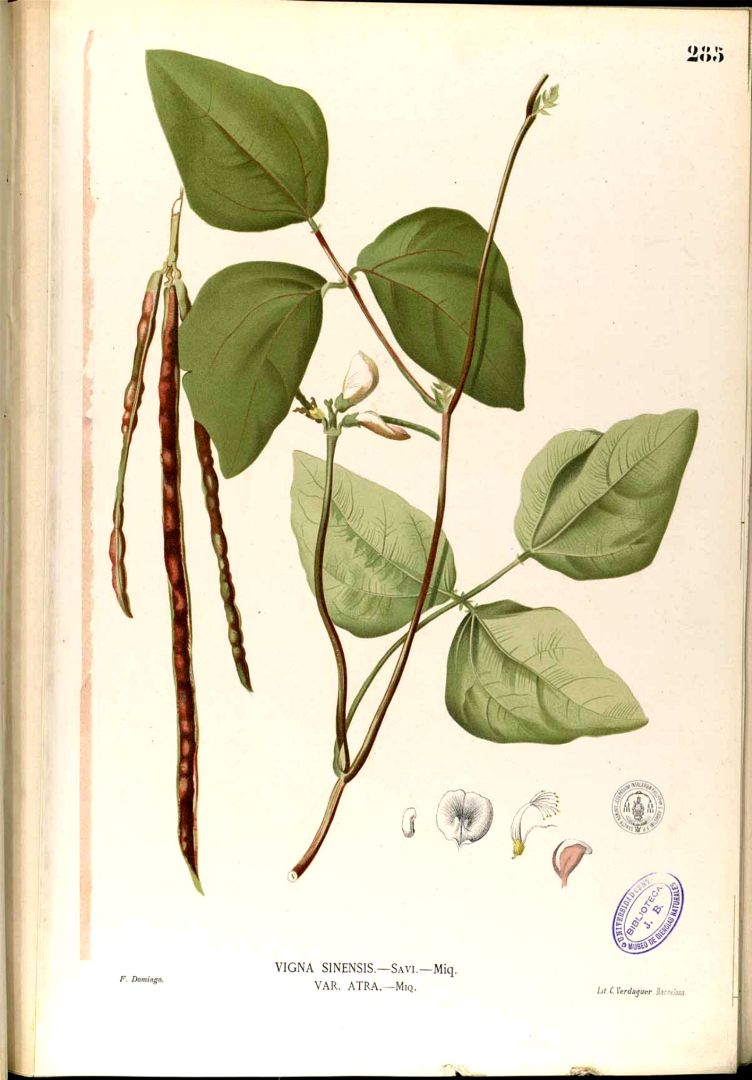! Nouveau site ici !
Vita > Plantae > Magnoliophyta > Magnoliopsida > Fabales >
Fabaceae > Vigna
Vigna unguiculata
(Niébé)

 | ****
| ****
Vita > Plantae > Magnoliophyta > Magnoliopsida > Fabales >
Fabaceae > Vigna
Vigna unguiculata
(Niébé)

Une plante de type haricot rampant avec des gousses droites et fermes. Il existe à la fois des types de cultures de couverture (feuillues) et des types de céréales. Il y a une racine pivotante profonde et de... (traduction automatique)
→suite
⬀
Le  donne accès au menu
donne accès au menu (c'est votre point de repère) 😊 ;
En dessous vous avez la classification, à partir de la vie (Vita, premier rang) jusqu'à la classe au dessus de la plante, dont vous trouvez ensuite le nom scientifique/botanique (latin) puis le nom commun (français), le cas échéant ;
C'est aussi un lien vers la fiche complète (tout comme la ✖, en bas à droite, et le +, en dessous de la description) ;
Vient alors l'illustration (ou ce qui la remplace, en attendant), la comestibilité :
Et en bas
⬂

![Illustration Vigna unguiculata, Par Curtis, W., Botanical Magazine (1800-1948) Bot. Mag. vol. 48 (1821) [tt. 2189-2274] t. 2232, via plantillustrations Illustration Vigna unguiculata, Par Curtis, W., Botanical Magazine (1800-1948) Bot. Mag. vol. 48 (1821) [tt. 2189-2274] t. 2232, via plantillustrations](../inc/images/illustrations/vigna_unguiculata.jpg )



